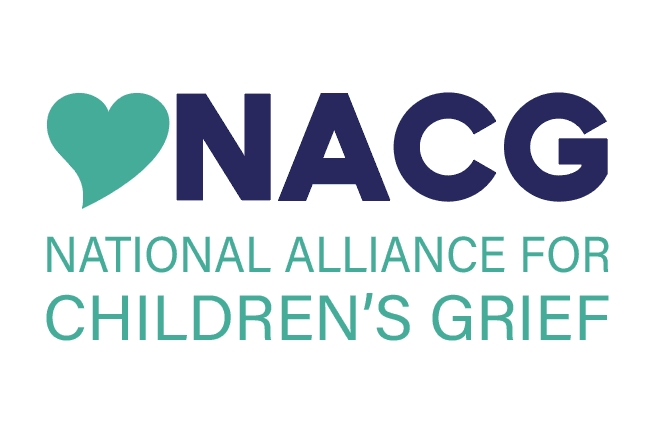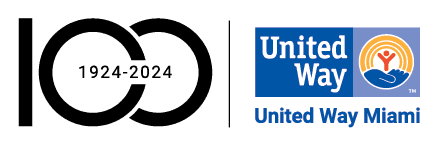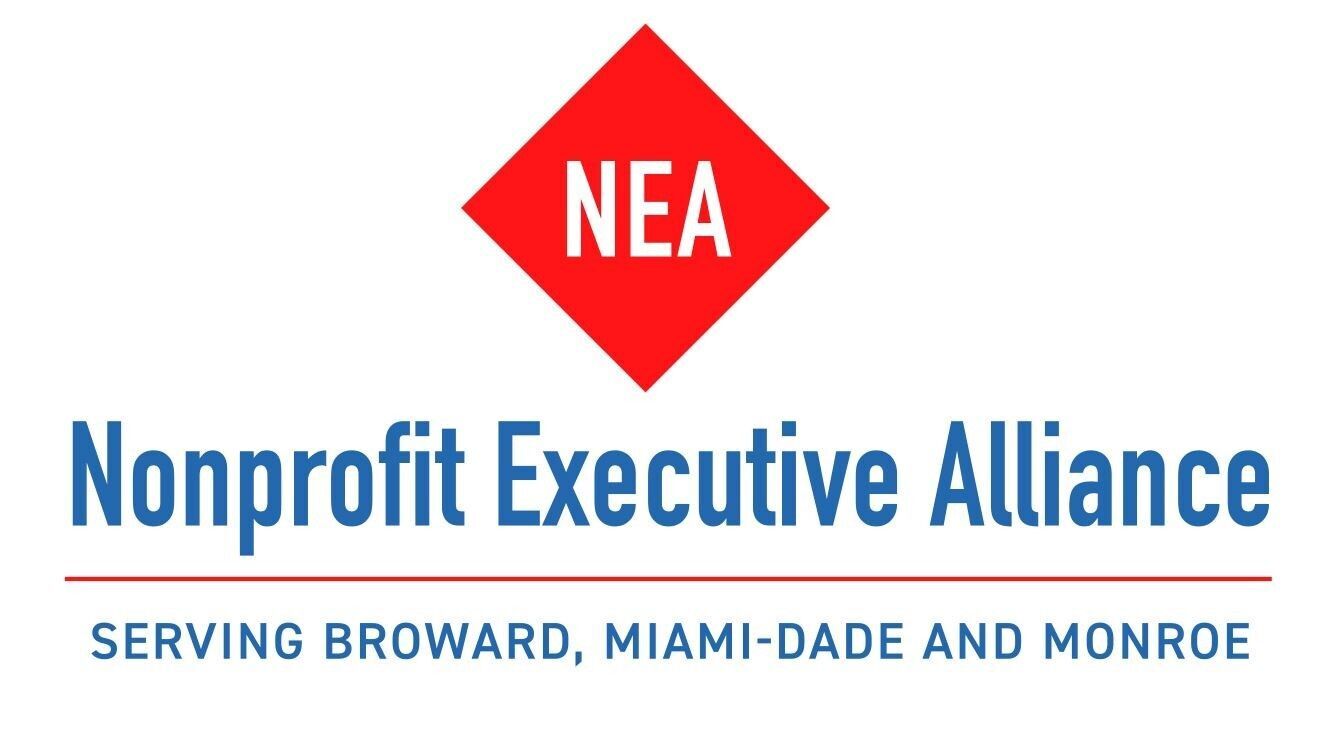
Mourning the loss of a loved one can impact both the individual and community. The experience of a tragic loss, including those due to homicide, suicide, and, most recently, COVID-19, often leaves communities grieving and attempting to understand the tragedy. Though each community has different needs, levels of support, and relationships between its residents, some fundamental strategies can help individuals and families begin the healing process while also joining together with others in the community.
Understanding Grief
Although a community may be grieving the same loss, the ways in which we express our grief vary from person to person. For children, a community-level loss, such as a death in the school, can create feelings of confusion and isolation about what they are feeling. Encouraging children to express their unique thoughts and feelings about their grief can allow parents and providers to clarify misinformation and provide appropriate grief support. It is important to also be aware of how secondary losses (i.e., additional losses that stem from a death) can impact communities. It is not uncommon for communities affected by a traumatic or sudden loss to be concerned with safety and uncertainty about how to move forward. Through empathic understanding and normalizing of these feelings as a natural response to a community-level loss, community leaders can help children and families begin to heal and connect with appropriate support resources.
Reaching Out for Community Support
When tragedy impacts a community, non-profit organizations and community resources can become additional sources of support and assistance. Within the school setting, counselors and other mental health professionals can provide support for students, families, and staff. Faith-led organizations throughout the community can also be a source of guidance and support for many and may work with other community leaders to help restore a sense of safety and emotional containment for community members. Grief support organizations, such as the Children’s Bereavement Center, also become critical sources of intervention to allow healing at both the individual and community level. For those grieving, reaching out for support can be a daunting process. Through having established community resources, which attend to unique needs of grieving individuals, community members can have a support system to utilize when they are ready for help and support.
Healing as a Community
In addition to providing support at the time of crisis and loss, the community must also consider the long-term support needed. Anniversaries, in particular, can be emotionally challenging times, and communities may experience a resurgence of grief. The creation and establishment of yearly memorials or commemorative events can serve as an important community-level intervention. Honoring losses in a meaningful way encourages camaraderie, reduces the sense of isolation often experienced after a tragedy, and connects individuals and families with support services that help over the long-term. Although some individuals and families may prefer to commemorate the loss of a loved one privately, community engagement can be an additional layer of support when needed.
The tips above offer some guidance in helping you heal after a loss while also connecting with your community. For additional resources, please visit our website at www.childbereavement.org or give us a call at (888) 988-5438.








